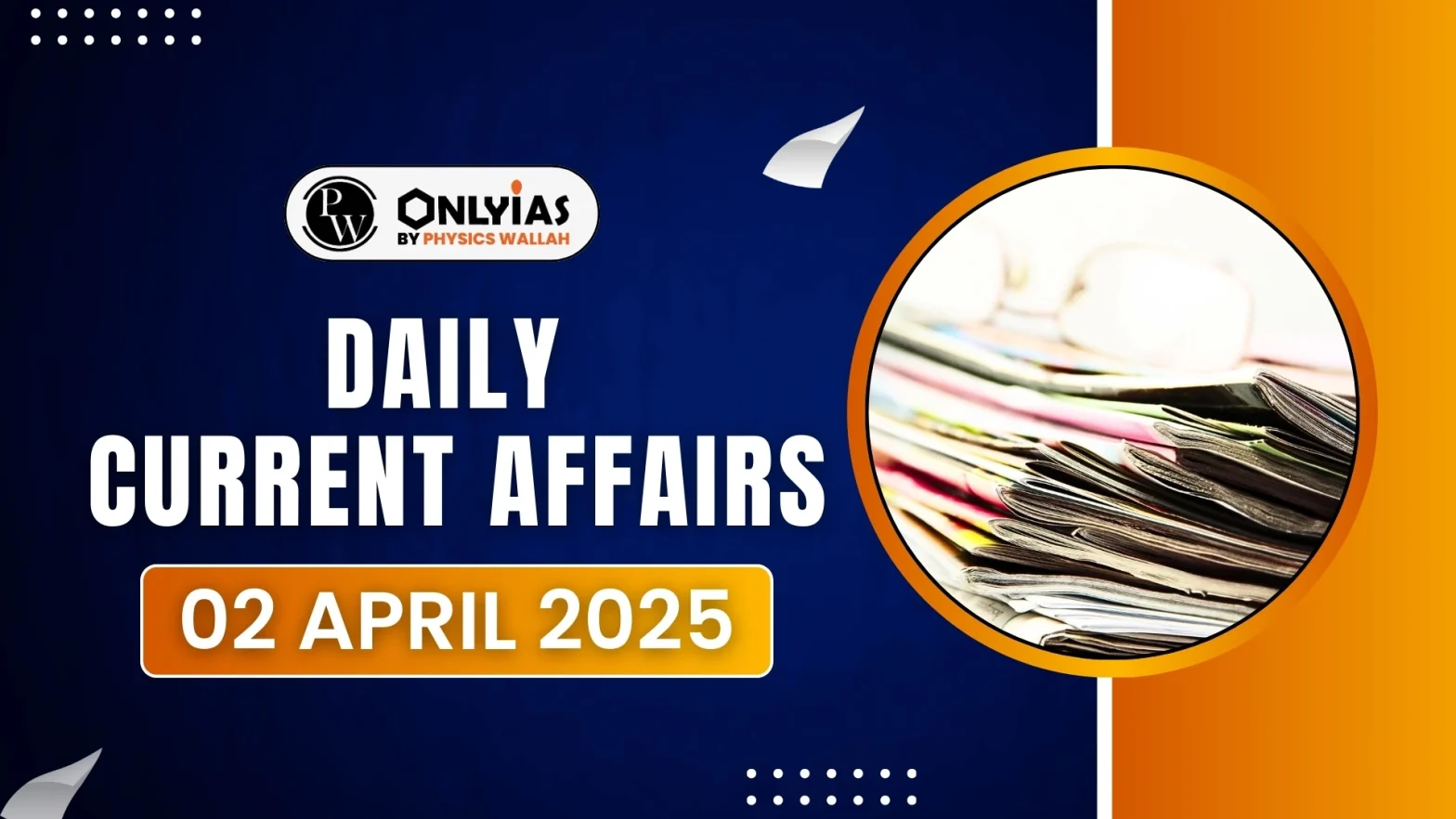The Parliamentary Committee on the Welfare of OBCs recommended that the income limit for determining the creamy layer should be increased from the existing ₹8 lakh.
About Parliamentary Committee on Welfare of OBC
- The Committee on Welfare of Other Backward Classes (OBCs) was first constituted in 2012 following a motion in the Lok Sabha.
- It has been reconstituted multiple times, with the latest formation in 2019 during the Seventeenth Lok Sabha.
Establishment and Composition
- The Committee consists of 30 members with 20 from Lok Sabha and 10 from Rajya Sabha, elected through proportional representation.
- Ministers cannot be members, and if a member is appointed as a Minister, they cease to be part of the Committee.
- The Speaker of Lok Sabha appoints the Chairperson from among the members.
- Members serve for one year, after which the Committee is reconstituted.
- The quorum for a meeting is 10 members.
Functions and Responsibilities
- Examines reports by the National Commission for Backward Classes (NCBC) and recommends actions to the Union Government.
- Reviews government measures for OBC representation in public services, PSUs, and statutory bodies.
- Evaluates welfare programs for OBCs, particularly Most Backward Classes (MBCs).
- Reports on Union Government actions related to OBC welfare and suggests improvements.
- Investigates specific issues referred by the Speaker or the House.
Understanding Other Backward Classes (OBCs)
Definition of OBCs
- OBCs refer to castes that are educationally or socially backward and require state support for upliftment.
- Article 15(4) of the Constitution allows the state to make special provisions for their advancement in education.
Constitutional Provisions for OBCs
- Article 16(4) permits reservations in government jobs for OBCs who are inadequately represented.
- The Mandal Commission (1980) estimated OBCs to be 52% of India’s population, later revised to 41% in 2006.
- Occupational Identification of OBCs: OBCs are traditionally identified based on occupations such as tenant farming, carpentry, blacksmithing, cattle-rearing, and stone-cutting.
Subcategorization of OBCs in States
- In February 2023, the National Commission for Backward Classes (NCBC) was directed to examine subcategorization within OBCs.
- NCBC recommended three divisions: Extremely Backward Classes, More Backward Classes, and Backward Classes.
- Different states subcategorise OBCs differently for example Andhra Pradesh categorises OBCs in five groups, including aboriginal tribes, nomadic tribes, artisans, and converted SCs.
- In Tamil Nadu 50% OBC quota is divided among Backward Classes (26.5%), Backward Class Muslims (3.5%), and Most Backward Classes (20%).
About Creamy Layer Under OBC
- The creamy layer concept was introduced after the 1992 Indra Sawhney judgment to exclude “socially advanced sections” within OBCs from reservation benefits.
- Individuals in the creamy layer do not qualify for the 27% OBC reservation in government jobs and higher education.
Key OBC Commissions
Kalelkar Commission (1953-1955)
- Identified 2,399 backward castes, categorizing 837 as “most backward”.
- Recommended 25-40% job reservations and 70% reservations in technical institutions, but was not implemented.
Mandal Commission (1978-1980)
- Identified 3,743 OBC castes, estimating their population at 52%.
- Recommended 27% reservation in government jobs and educational institutions.
- Considered non-Hindu OBCs if they had similar social disadvantages.
- Final findings estimated India’s population as 17.5% forward castes, 44% OBCs, and 22.5% SCs/STs
|
Income and Rank-Based Exclusions
- Income Limit: Families earning ₹8 lakh or more annually fall within the creamy layer.
- Government Rank:
- If a parent holds a constitutional post or is a direct Group-A recruit, the children are classified as creamy layer.
- If both parents are in Group-B services, their children are also excluded from the OBC quota.
- If a parent gets promoted to Group-A before 40 years of age, their children fall under the creamy layer.
- Children of Colonels and higher ranks in the Armed Forces also fall into this category.
Issues Raised Against the Definition of Creamy Layer
- Low and Outdated Income Limit: The ₹8 lakh income limit was last revised in 2017 and is now considered insufficient due to inflation and rising costs of education and living.
- The National Commission for Backward Classes (NCBC) has repeatedly recommended raising the limit to at least ₹10-12 lakh.
- Inconsistent State-Level Calculations: Different states use varied income calculations, leading to disparities in eligibility.
- Some states include agricultural and business income, while others exclude it, causing confusion.
- Lack of Transparency in Data: The Department of Personnel and Training (DoPT) created a portal for monitoring reservation data, but access is limited to ministries, reducing public transparency.
Recommendations of Parliamentary Committee on OBC Welfare
- Increase in Income Limits: Raise the creamy layer threshold significantly to include more deserving OBC candidates .
- It also recommended that Uniform state-level calculation methods should be adopted to avoid disparities.
- Enhancing Educational Support: Double the income limit for pre-matric and post-matric scholarships.
- Expand pre-matric scholarships to students from Class V onwards instead of only Class IX and X. Increase the number of scholarships available for OBC students.
- Fair Representation in Government Service: Ensure equivalence of posts in autonomous bodies with government positions for fair allotment of UPSC candidates.
- Improving Transparency: Make reservation data publicly available in Annual Reports and government websites for better transparency.
These measures aim to strengthen OBC welfare policies, expand access to reservations, and ensure fairness in implementation
![]() 2 Apr 2025
2 Apr 2025

